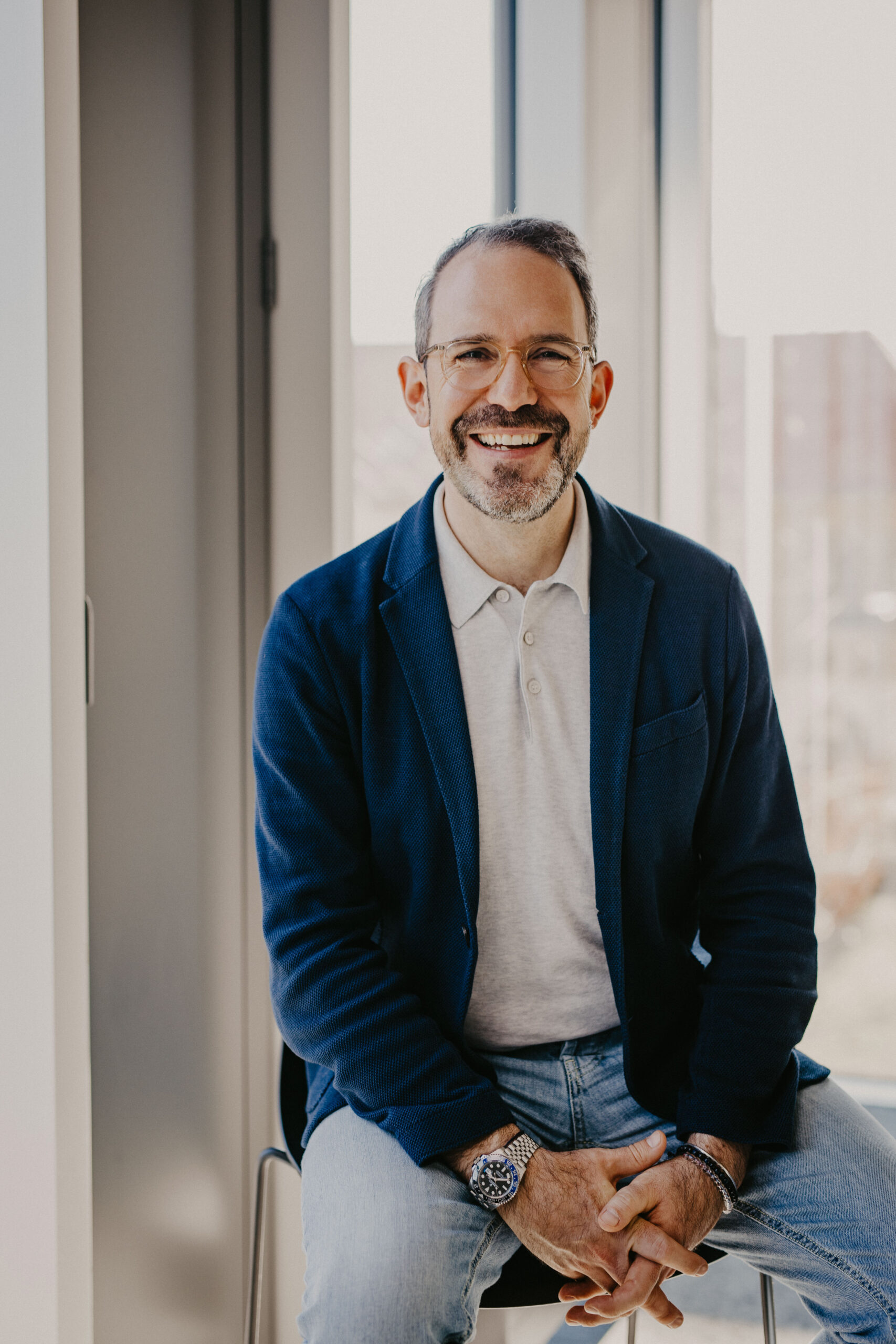My Process for Clarity Under Pressure
After my last post on decision-making, I got a number of thoughtful questions and I want to use this second post to dive deeper into some of them.
The questions I heard most were:
- What are your key takeaways from Daniel Kahneman’s book?
- How do you prepare for important decisions?
- When do you trust your intuition and when should you go with data?
Let’s take them one by one, starting with the easiest.
1. What I Took from Kahneman
Daniel Kahneman’s Thinking, Fast and Slow boosted my confidence in the way I take decisions and gave me a lot of background and substance to understand and use my gut feeling. I’m a very intuitive person and it took me many years to accept that this is a perfectly ligit way to decision-making, both in daily life and in business. Our brains are wired for shortcuts. We often think we’re being rational, but we’re actually relying on fast, intuitive thinking that’s shaped by biases, emotions and incomplete patterns. Kahneman calls these two systems:
- System 1: Fast, automatic and emotional.
- System 2: Slow, deliberate and logical.
Both are necessary, but the trick is knowing when to slow down. That was the real revelation to me. Kahneman taught me to be more humble about my own reasoning and more structured about important decisions. Which leads to the second question.
2. How I Prepare for Important Decisions
I’ve made better decisions over the years not because I got smarter, but because I get more disciplined and structured in my decision-making. Especially in leadership I follow a framework that I mostly apply step by step, but I’m not getting lost in it. I do adjust to the situation and decision; e.g. for negotiations or strategic decisions I would add and remove steps.
Here’s how I break it down:
a) What decision am I really taking?
This sounds basic, but it’s the part most people rush. Often, someone wants a decision to move their workflow along, solve a short-term conflict, or fix a pain point. But your job is to pause and ask:
- What’s the actual problem?
- What’s just a symptom?
- What am I deciding and what am I not deciding?
This requires uncomfortable levels of clarity. I often use the 5 Whys method to dig deeper.
For example, someone might ask, “Should we launch this campaign now?” But with a few “why” questions, the real decision might be: Do we have enough customer insight to spend our budget wisely this quarter? That’s a very different decision.
b) What’s the impact?
Who will be affected and how? Often, we assume we know the ripple effects of our choices. We don’t.
Mapping out impact forces us to think systemically beyond just stakeholders who shout the loudest.
c) What’s the timeline?
Is there a real deadline? If so, what drives it, external constraints or internal pressure?
Sometimes decisions feel urgent because we made them feel urgent.
d) What data, facts, or evidence do we have?
This is where decision science meets decision practice. It’s not about having all the data but it’s dangerous to make big calls with no grounding at all.
I ask: What’s solid? What’s assumption? What’s just opinion?
e) What alternatives have been considered?
One of the clearest signs of poor preparation is when only one option is on the table.
I always ask: Have we looked at real alternatives? Do we understand why the current recommendation is preferred?
f) What happens if no decision is made?
This is the last hurdle and often the most revealing. What if we don’t decide today?
If everything keeps moving fine without a decision, maybe it wasn’t that urgent or important.
If everything breaks, maybe we should’ve acted earlier. Either way: this forces better prioritization.
g) Who needs to be informed?
Making a decision is one thing. Communicating it is another. A good decision can turn bad if the right people don’t hear it or hear it too late.
3. When to Trust Your Gut — and When to Ask for Data
Intuition is very powerful. Especially when you’ve tuned it, built deep experience in a field. Then your brain learns to recognize patterns faster than you can explain.
But I try to follow a simple rule:
When speed is critical — trust your intuition.
When the situation is complex — slow down.
In Summary
To me the art of better decisions lies in two things:
Awareness of your mental shortcuts - and a system to counterbalance them when it matters.
Some decisions will always involve uncertainty. But when the process is clear, you gain clarity, confidence and a much higher chance of making the right call.
Would you like to see a visual version of this decision checklist? Or want me to unpack a real-life example in the next edition?
Let me know, I’ll keep the conversation going.


